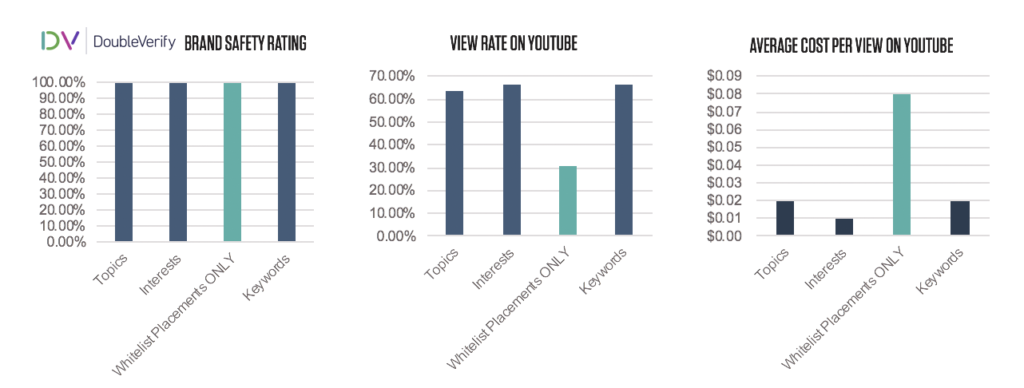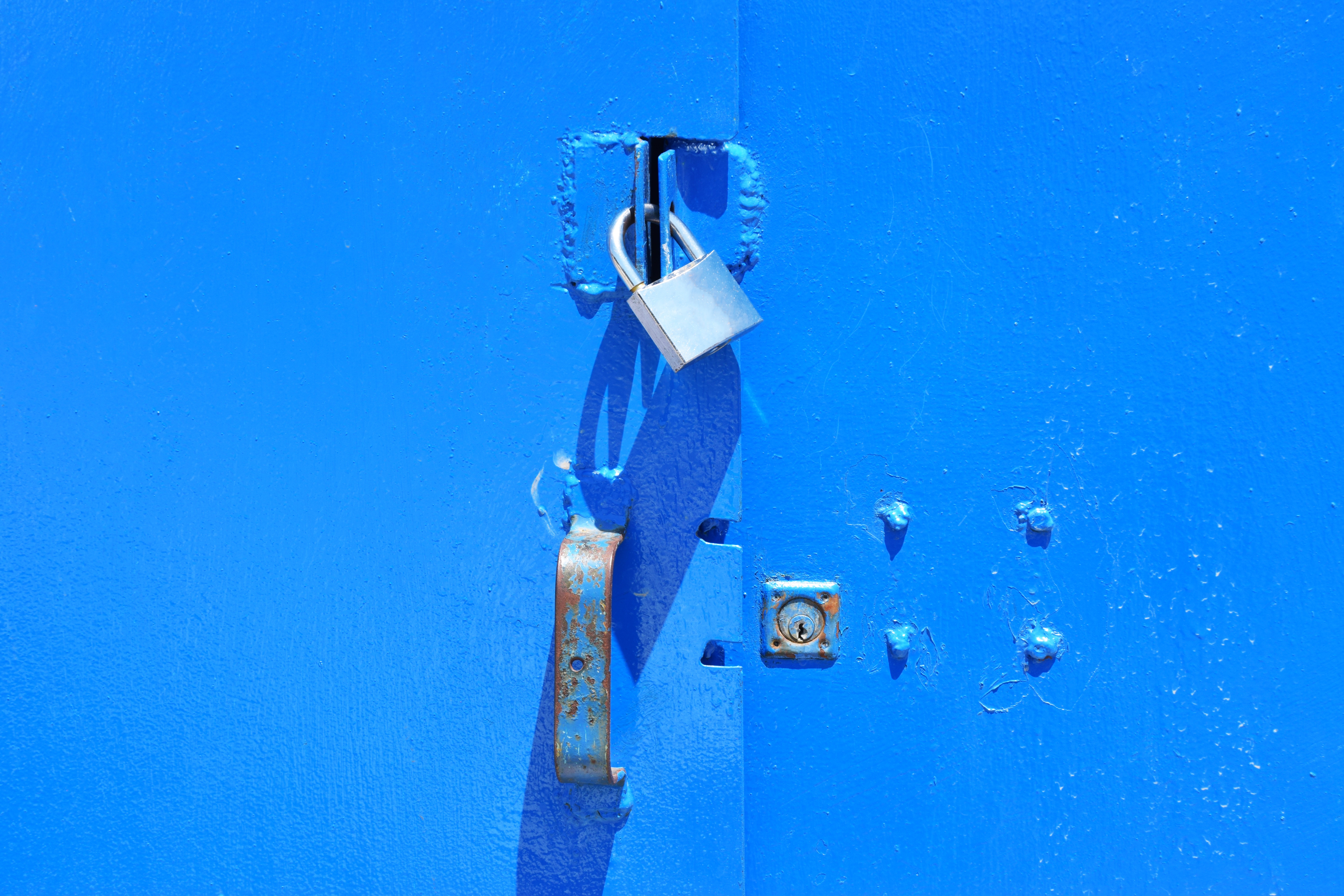Today, marketers are laser-focused on preserving their brand’s reputation online. But brand safety controls like simple whitelists can limit reach and impact — and many marketers are finding their campaigns are suffering. Can marketers balance both brand safety and scale? Yes — and Pixability teamed up with DoubleVerify for a webinar to unpack exactly how. Armed with these insights, marketers can drive performance and scale across YouTube, Facebook, and Instagram, without sacrificing brand safety or suitability.
Here’s a step by step look at how marketers can scale their brand safety efforts:
Choose the right partners
Make sure you are partnering with the right solutions — specifically, solutions that are trusted by YouTube and Facebook. For YouTube, this means partners that are part of the YouTube Measurement Program and/or Google Premier Partnership program – and on Facebook, solutions that are part of the Facebook Marketing Partner Program.
Define what brand safety and brand suitability means for you and your brand
From the outset, marketers must understand exactly what brand safety means to them. After all, what’s appropriate for one brand may not be suitable for all brands. Of course, this sounds a lot easier than it actually is. Get a group of people together and ask them if they would want to against Fox News, Kanye West, or political SNL skits. There will be different answers from different marketers. It is important to be aligned, so that your entire team is judging by the correct standards.
Select premium inventory
Both YouTube and Facebook allow you to start campaigns with Limited inventory. YouTube defines Limited inventory as running on the top 70% of most brand-safe content, taking content such as music with swears out of targeting. Marketers strategies should start with — but not end with – Limited inventory. YouTube and Facebook both allow for negative content categories, blacklists, and other negative features that allow you to customize your brand suitability approach. Pixability layers on at least 16,000 negative channels, 251 topics, 6,000 negative keywords to every campaign we run.
Don’t simply implement whitelists and walk away
Many people hear brand safety, and think whitelists. But, running your ads on whitelists are not more brand-safe than other YouTube targeting solutions. Pixability ran a test measured by DoubleVerify, and found that both whitelists and other premium targeting solutions with negative targeting in place measured 100% brand safe. Whitelists also cost 4X more and hurt campaign performance by 2X compared to other YouTube targeting solutions. Between the vast scale of video content and rapidly evolving user trends, marketers need to implement advanced classification tools to identify content that is not only brand-safe, but is suitable for your brand. Third party solutions can go beyond whitelists, helping marketers leverage sophisticated blacklists, content category avoidance, and keyword avoidance.

Monitor and optimize campaigns in real-time
Brand safety is one of many important pieces of the puzzle to successful campaigns — by testing targeting strategies and understanding where your ads are performing best, and in what contexts, you can drive performance at scale. There are thousands of combinations of parameters to test on any given platform, so remember to test, learn, and optimize.
Want to learn more? Check out the recording of Pixability and DoubleVerify’s webinar here.
